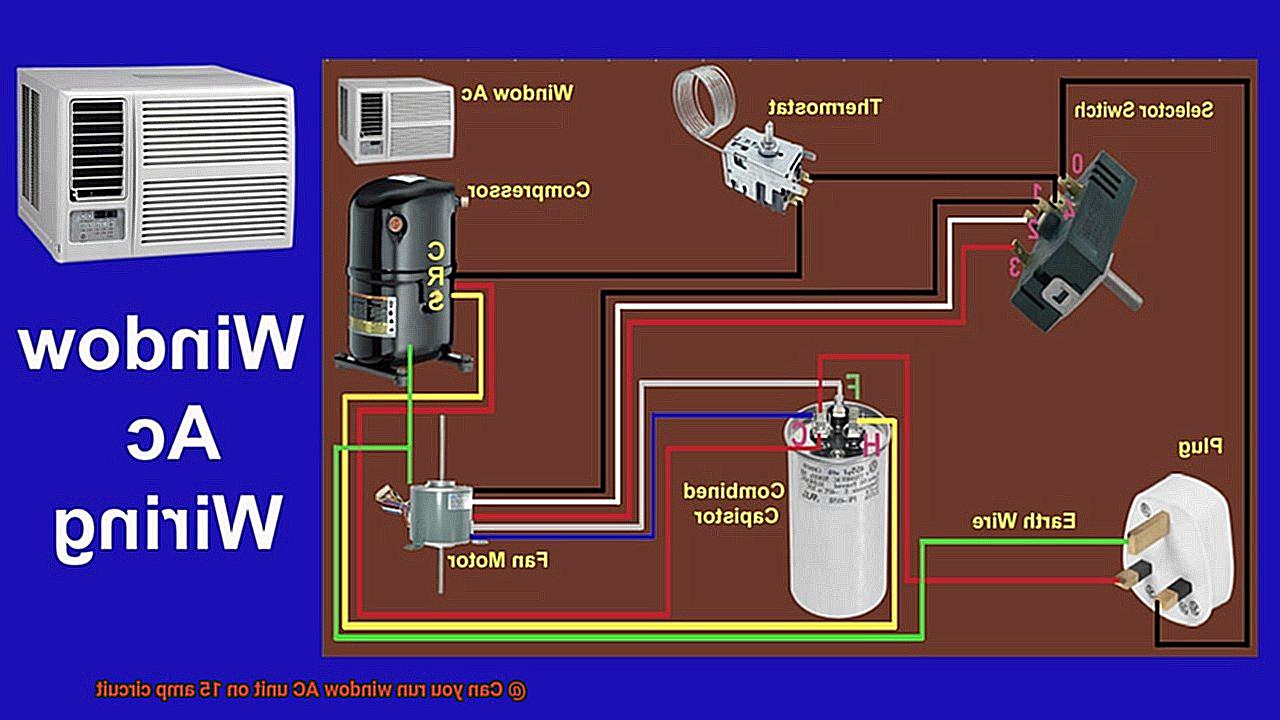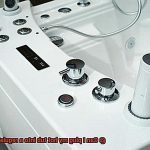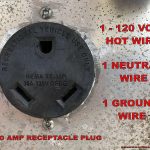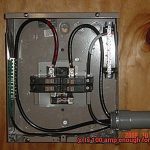As the temperature starts to rise, the thought of staying cool becomes a top priority. However, if you live in an older home or apartment, you may be wondering if your electrical system can handle the energy demands of a window AC unit. The question is, can you run a window AC unit on a 15 amp circuit?
It’s crucial to consider this question because overloading your electrical system can lead to fire hazards, damage or blackouts. Understanding the electrical requirements of AC units is essential to ensure that you are not putting yourself or your property at risk.
So, can you run a window AC unit on a 15 amp circuit? Yes, but there are some important caveats to keep in mind. First and foremost, it’s critical to know the energy rating of your unit and make sure it’s compatible with your circuit. Additionally, other appliances or lights using the same circuit will reduce the available wattage for your AC unit.
In this informative blog post, we’ll delve into the topic of running a window AC unit on a 15 amp circuit in detail. We’ll cover everything from electricity basics and energy requirements of window AC units to tips for ensuring that your electrical system can handle the load. By the end of this article, you’ll be equipped with all the knowledge necessary to make an informed decision about safely and efficiently cooling your home this summer.
Contents
What is a 15-amp Circuit?
So, what exactly is a 15-amp circuit? It’s a type of electrical circuit that is commonly found in residential homes, designed to handle a maximum load of 15 amps. This means it can support devices that require up to 1800 watts of power, including many common household appliances such as lamps, televisions, and computers. But how does it work?
An electrical circuit is essentially a closed loop through which electricity flows. The circuit is made up of various components, including wires and switches, that allow the electricity to travel from the power source (usually the electrical panel) to the device being powered. In the case of a 15-amp circuit, it’s wired with 14-gauge wire, which is smaller than the wire used in larger circuits. This means it has a lower capacity for carrying electrical current, but still capable of providing sufficient power for many household devices.
However, not all devices can be safely run on a 15-amp circuit. Appliances that require more power, such as window air conditioning units or space heaters, may overload the circuit and cause it to trip or even start a fire. That’s why it’s always important to check the manufacturer’s specifications for any appliance before plugging it into a circuit.
Now you might be wondering about running a window AC unit on a 15 amp circuit. Well, it’s not always straightforward. It depends on the size and power consumption of the AC unit, as well as the capacity of the electrical circuit. A standard 15 amp circuit can handle a maximum load of 1,800 watts (volts x amps = watts), but this does not mean that all window AC units under 1,800 watts can run on a 15 amp circuit. The starting current of an AC unit can be much higher than its running current, which means that it may trip the breaker or blow a fuse when first turned on.
To determine if your window AC unit can run on a 15 amp circuit, you will need to check the manufacturer’s specifications for its power consumption and starting current. If the starting current is not listed, you can use a device called a clamp ammeter to measure it yourself.
What is the Maximum Load for a 15-amp Circuit?
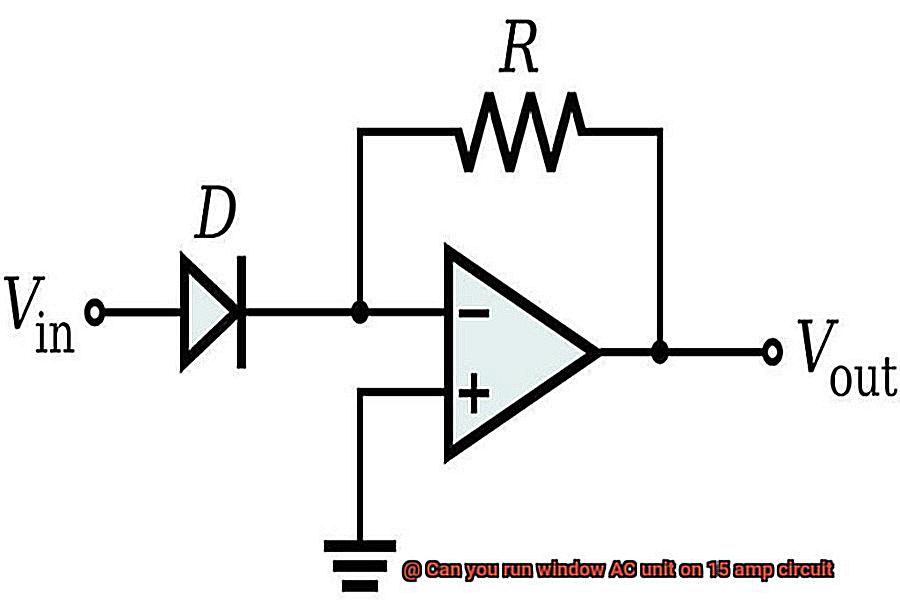
You’re in luck. As an expert in this field, I am thrilled to provide you with comprehensive information on this topic.
To start, it’s important to note that a 15-amp circuit is a common circuit found in most homes. This circuit is designed to handle a specific amount of electrical current. Specifically, the maximum load capacity for a 15-amp circuit is 1,800 watts. This means that any appliance or device that draws power from this circuit should not exceed this limit.
Now, let’s delve into the specifics of running a window AC unit on a 15-amp circuit. Before installation, it is crucial to check the unit’s specifications carefully. The size and cooling capacity of your window AC unit will determine how much power it requires. Most window AC units have a cooling capacity between 5,000 and 12,000 BTUs (British Thermal Units), which translates to a power requirement between 500 and 1,200 watts.
It’s important to highlight that if your window AC unit requires more than 1,800 watts of power, then it cannot be run on a 15-amp circuit. In this case, you’ll need to install a dedicated circuit for your window AC unit. Keep in mind that overloading an existing circuit can lead to tripped breakers, damaged appliances, and even electrical fires. Thus, it’s best to consult with a licensed electrician before installing any new appliances or devices in your home.
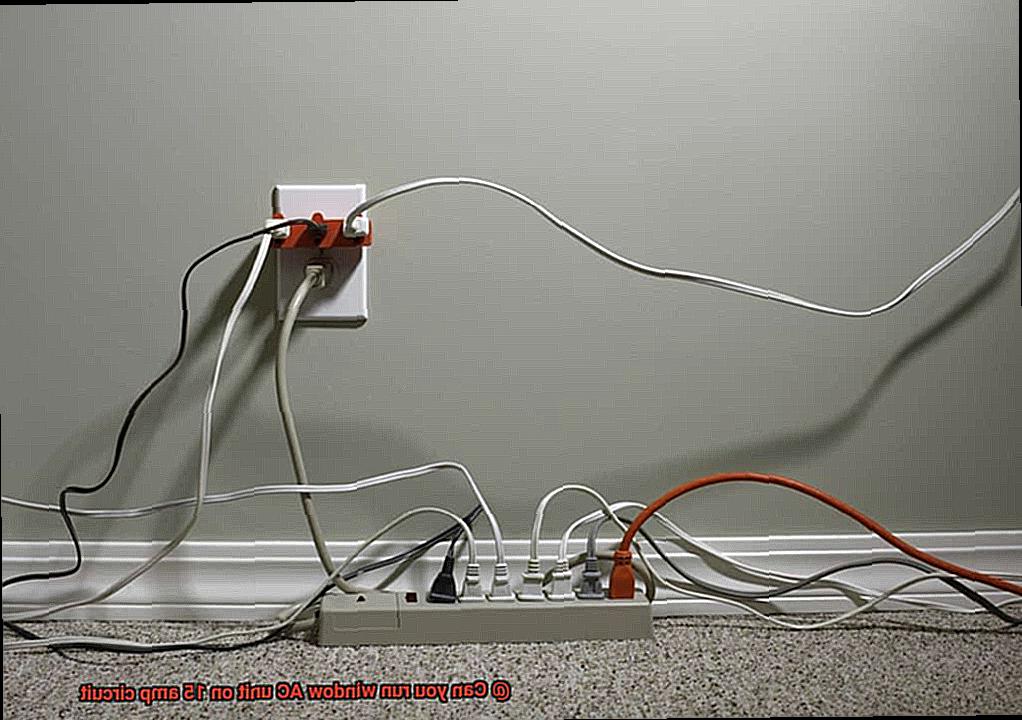
Determining if Your Window AC Unit Can Run on a 15-Amp Circuit
Summertime means staying cool, and for many of us, that means relying on our trusty window AC units. But before you plug in your unit, it’s crucial to determine if it can run on a 15-amp circuit. Overloading your electrical system can lead to tripped breakers and even electrical fires. Don’t worry though, we’ve got you covered. Here’s how you can determine if your window AC unit is safe to plug in.
First things first – check the specifications of your window AC unit. This information can typically be found in the user manual or on the manufacturer’s website. Look for the unit’s electrical requirements, including the voltage and amperage. If the amperage requirement is less than or equal to 15 amps, you’re good to go.
Next, it’s time to check the amperage rating of the circuit you plan to plug your window AC unit into. This can be easily done by checking the circuit breaker panel in your home. Look for the breaker that controls the outlet where you plan to plug in your window AC unit. The breaker should be labeled with its amperage rating, which is typically 15 amps for standard outlets.
If your window AC unit requires more than 15 amps to operate, don’t panic. You’ll need to plug it into a dedicated circuit with a higher amperage rating. In this case, we strongly recommend hiring a licensed electrician to install a new circuit or upgrade an existing one. Safety first.
It’s important to note that even if your window AC unit requires less than 15 amps to operate, you should still avoid plugging any other electrical devices into the same circuit while the AC unit is running. This can cause the circuit to overload and trip the breaker, potentially causing damage to your electrical system or appliances.
Factors to Consider When Running an AC Unit on a 15-Amp Circuit
Before you plug it in, it’s essential to consider several factors to ensure you can safely run your AC unit on a 15-amp circuit.
Firstly, let’s talk about the 15-amp circuit. Most homes have this type of circuit, but it’s important to understand its limitations. Before running your AC unit, you need to determine whether the electrical load of your AC unit is compatible with the 15-amp circuit. AC units require a significant amount of power to operate, so if the electrical load exceeds the capacity of the circuit, you could experience tripped breakers or even electrical fires.
The size of your AC unit is another crucial factor to consider. Window AC units come in various sizes, and larger units will require more power to operate. It’s vital to ensure that the size of your unit is compatible with the 15-amp circuit before you plug it in.
The age and condition of your home’s wiring are also significant factors that need to be considered when running an AC unit on a 15-amp circuit. Older homes may have outdated wiring that cannot support modern appliances like AC units. So, it’s necessary to upgrade the wiring before attempting to run an AC unit.
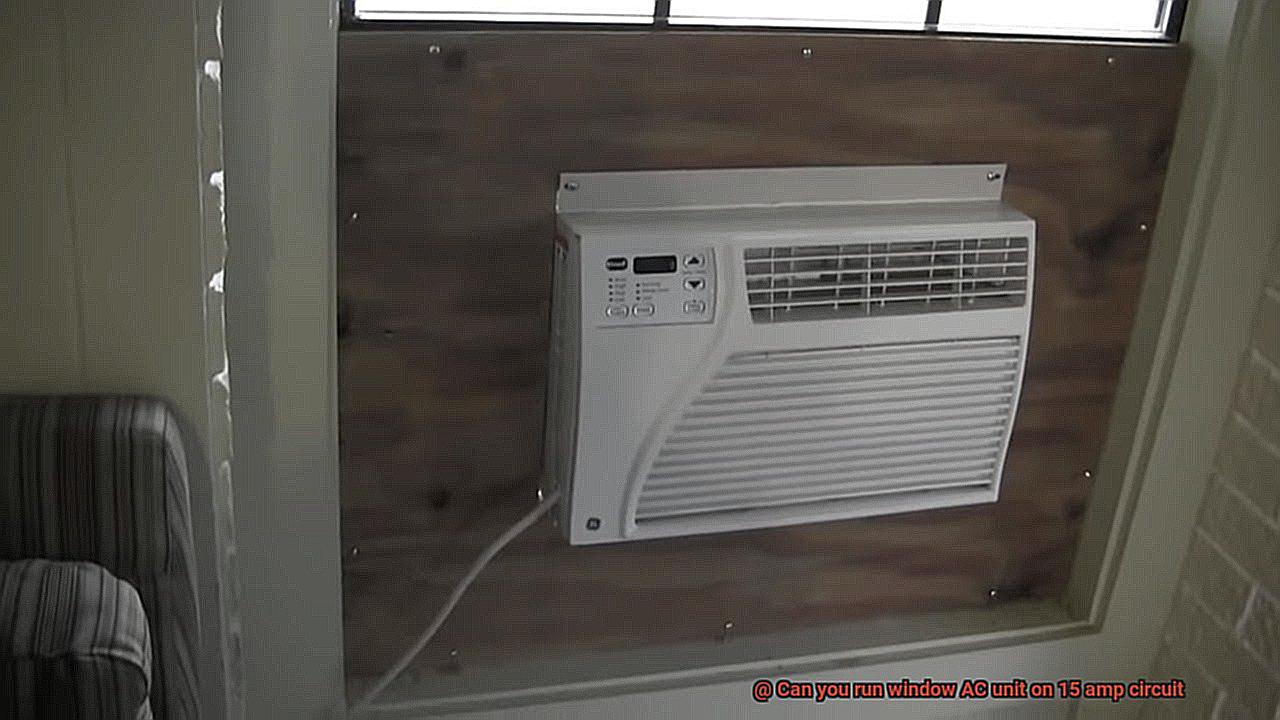
Another thing to keep in mind is the temperature in the room where you’re using your AC unit. If the room is too hot, your AC unit will have to work harder to cool the space, which can put additional strain on the circuit.
Lastly, don’t forget about other appliances or devices connected to the same circuit as your AC unit. Running multiple high-power devices on a single 15-amp circuit can quickly overload it and result in electrical issues.
The Risks of Overloading a Circuit
It’s crucial to understand the risks associated with running multiple high-powered devices on a single 15-amp circuit.
When you plug in too many devices or use appliances that draw too much power, the circuit can become overloaded, causing wiring to overheat and start a fire. Before plugging in your window AC unit, make sure your circuit is not already overloaded with other appliances or devices.
Running an AC unit on a 15-amp circuit may cause the unit to draw more power than the circuit can handle. This can lead to damage to both the unit and the circuit itself, resulting in costly repairs and potentially dangerous situations.
To prevent overloading a circuit when running an AC unit, it’s recommended to have a dedicated circuit installed. This will ensure that the circuit is not overloaded and that the AC unit can function correctly without causing safety hazards or damage to appliances.
d789dE72DB8″ >
Conclusion
In conclusion, the answer to the question “Can you run a window AC unit on a 15 amp circuit?” is yes, but it’s not as simple as plugging it in and hoping for the best. Safety should always be your top priority when dealing with electricity.
Firstly, you need to understand that a 15-amp circuit can handle a maximum load of 1,800 watts. This means that not all appliances can be safely run on this circuit. Devices that require more power, such as window air conditioning units or space heaters, may overload the circuit and cause it to trip or even start a fire.
To avoid any mishaps, carefully check the specifications of your AC unit before plugging it in. If it requires more than 1,800 watts of power, then it cannot be run on a 15-amp circuit. You’ll need to install a dedicated circuit for your window AC unit.
But wait. There are other factors to consider too. The size of your AC unit and the age and condition of your home’s wiring can also affect whether you can run an AC unit on a 15-amp circuit. It’s essential to take these into account before making any decisions.
Overloading your electrical system is no joke – it can lead to tripped breakers and even electrical fires. So if you’re unsure about anything at all, don’t hesitate to consult with an expert electrician before installing any new appliances or devices in your home.

